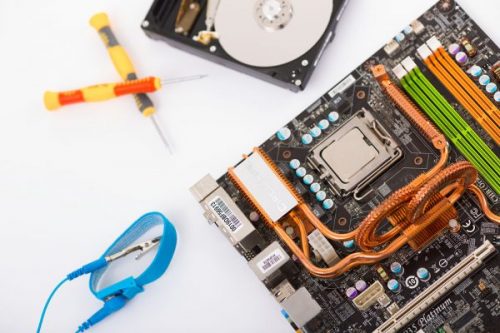Computer repair services at Auckland IT Repair Services is high quality, reliable and low cost. Whether you need to remove a virus or build a network, we will take your computer equipment to the next level.

Years of Experiences
Happy Customers
Satisfaction
Press the Windows key to open the Start screen or switch to the Desktop (if open).
Press the Windows key + D opens the Windows Desktop.
Press the Windows key + . to pin and unpin Windows apps on the side of the screen.
Press the Windows key + X to open the power user menu, which gives you access to many of the features most power users would want (e.g. Device Manager and Command Prompt).
Press the Windows key + C to open the Charms.
Press the Windows key + I to open the Settings, which is the same Settings found in Charms.
Press and hold the Windows key + Tab to show open apps.
Press the Windows key + Print screen to create a screen shot, which is automatically saved into your My Pictures folder.
When computer memory problems arises most of us are left bewildered, though the importance of it for our computer system is known to all of us. We get confused as what course of action must be followed or taken to sort out that problem. Effective troubleshooting is the solution to such problems; a practical approach is to follow some simple steps and know the real problem and fix them.
Computer memory is also called as RAM (Random Access Memory). This is the temporary location where computer stores information. When you shut down your PC or close down the program, the RAM gets emptied. People often get confused with RAM and Hard Drive, which is the permanent storage of the computer.
Nonetheless, it seems tempting to eliminate a few steps, but at times it may also extend the process of troubleshooting, even more.
1. It would be a good idea to keep a backup of your data immediately if your computer is bootable yet unstable. Data corruption is a common computer problem that may lead to loss of data when you are doing the troubleshooting.
2. System configuration and hardware needs to be checked. In case you have installed the computer memory recently, it is advisable to ensure if the newly installed memory modules are compatible to the system board of your computer and have been installed in the right slots. Confirm that the components of your system match with your documentation and also check the part numbers. Now check the BIOS documentation and motherboard to verify if there is a need to allow any specific settings before the memory is upgraded.
3. Examine the memory modules and system board for any damage and install them back. While the modules have been removed, use a soft cloth to cleanse its contacts by employing the “FluxOff” cleaner. PC vacuum and compressed air can be used to remove the dust from memory socket. After the modules have been reinserted, ensure that their heights are the same to make sure that the replacement is done correctly.
4. Swapping the positions or replacing or reinstalling of the memory modules of the computer is helpful in analyzing if issue is the socket or bad module.
5. The BIOS of the system must be upgraded to solve some computer memory problems. This will resolve compatibility issues, refresh information of the system, and provide in-depth information for troubleshooting.
6. Run good, authentic and updated antivirus software. This may help you to trap some malicious memory programs that might have taken to be RAM problems in the computer.
7. Try to find out any additional causes, if any. Following the above mentioned troubleshooting steps will help you out the fault, if there is any in the computer memory. Failed power supplies, faulty motherboards, deterioration of hard drives and the environmental issues may also cause computer memory problem. So, one must search alternate sources for data loss, instabilities and system crashes.
2
3
5
6
8
9
11
12
14
15
17
18
